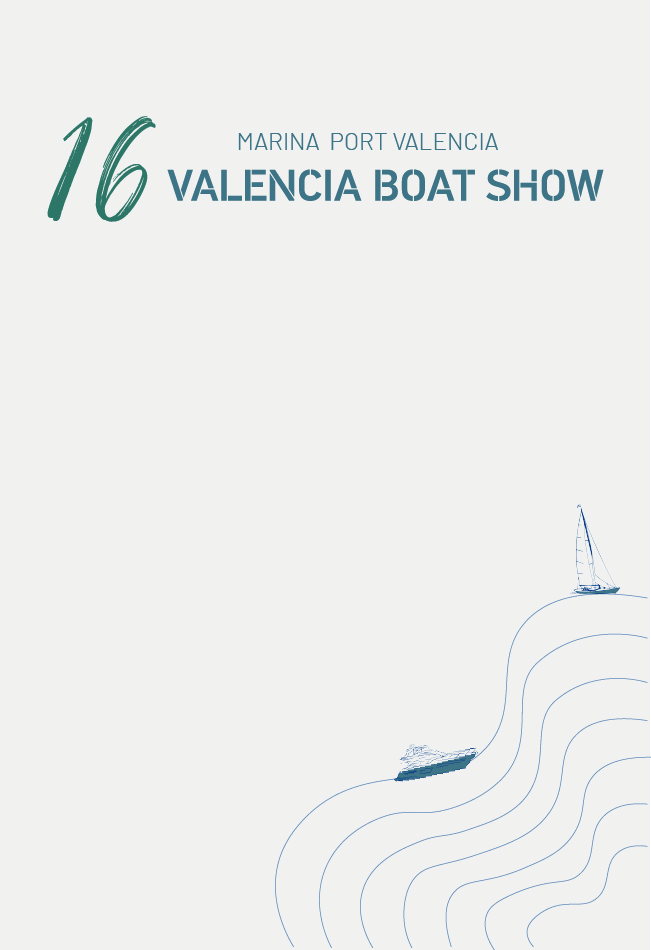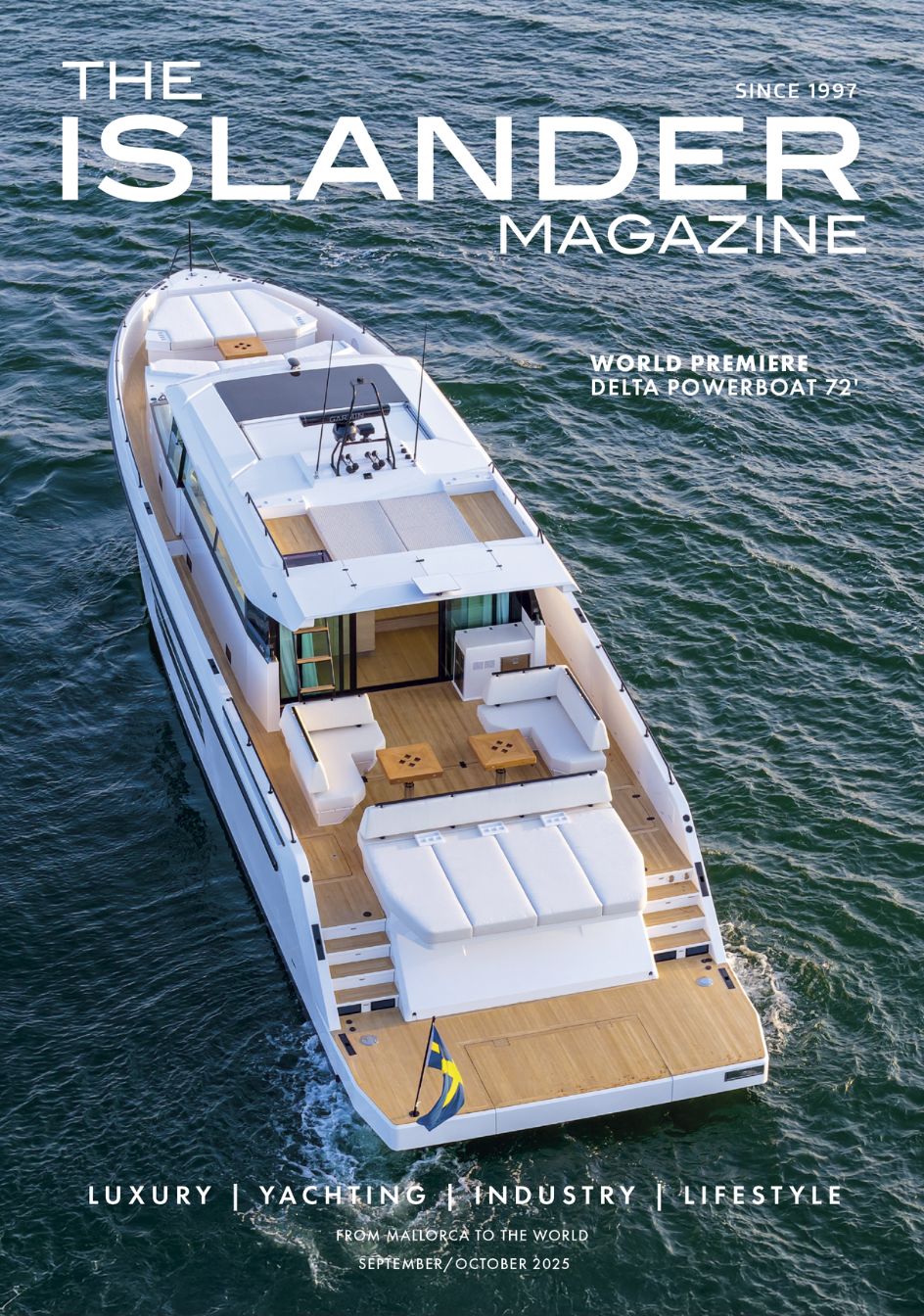How can designers and Owners future-proof Superyachts?
Is it possible to design a truly sustainable, future-proof yacht? Will future Owners be asking for sustainable superyachts?
When we talk about superyacht sustainability, there`s a tendency to think of engines and diesel fuel, but there`s a lot more to it with design playing a critical role. “Future-proofing means anticipating what’s coming down the road and determining ways to minimize the all-too-common `I didn’t see that coming` reaction, and its resulting stress on business,” says Diane Byrne, Owner Megayachtnews.com.
The choice of materials and interiors plays a huge role in ensuring a yacht`s sustainability credentials. Winch Design work closely with The Water Revolution Foundation, a Public Benefit Organisation that aims to bring the yacht industry up to speed with sustainability issues. “We were meticulous in the selection of materials for the remodelled interiors of Barefoot and Moonlight earlier this year,” explains Alex Parkinson, Winch Design`s Sustainability Specialist, who joins the webinar as a panelist. Pineapple leaves that had undergone a non-chemical process were used as a hard-wearing leather alternative for the wall panelling. Recycled and recyclable ‘parquet’ rope panelling was used in the ceiling dome. The centre-piece wall finish was made from sand that had been sculpted and pressurized using air and water, with translucent layers of aloe vera creating a coral-like finish in the niches. “We consider not only the innate quality of materials, but also how they are sourced and the packaging processes, as well as how they will perform under certain conditions,” adds Parkinson.
The concept of revolutionising the whole supply chain is critical to ensuring that the industry makes a genuine, paradigm shift towards sustainable design. For Owners, the storyline behind a material or finish can become a unique selling point which then hooks the client into the sustainable story. The designer`s role is to bring about real change by showing their clients materials that are beautiful, durable and authentic, but that also happen to be sustainable. “Designers have the owners’ ears, and many enjoy long-standing relationships with them,” sums up Diane Byrne. “Who better to jumpstart the conversation than someone in that inner circle?”
What of the NextGen Owners? Where will sustainable design appear on their new yacht wish-list? “The next generation of luxury consumers have expectations for luxury brands that align with their own values,” affirms Alex Parkinson. “Environmental conscientiousness is hurtling up the agenda. They are conscious of the social impact of their purchase decisions and will only buy products that reflect this.” Indeed, we are already seeing a move in the right direction, with some benefits of yachting, such as motoring to beautiful areas, being limited for Owners arriving in typical combustion-engine powered yachts owing to concerns over water pollution. Diane Byrne points to the interest in sustainability already demonstrated by today`s Owners. “We certainly know that future owners will be keenly interested in yachts that adhere to sustainability principles, because current owners increasingly already are,” she comments. “That’s why the Superyacht Sustainability webinar is so timely. We as an industry need to be better educated about solutions and have them at the ready.”
A key issue is the challenge that refitting projects pose to maintaining sustainability goals over product lifecycle. How can the designer accurately incorporate refits into the project lifespan at the start, given the uncertainty of when, where and how the refit will take place? “This is one of the biggest questions I personally am looking forward to the panelists addressing, because as we all know, refits are much like peeling an onion: the deeper you get into it, the more you uncover problematic issues,” observes Diane Byrne. Considering the nature of how quickly sustainability regulations are evolving and how new guidance is constantly developing, a yacht’s refit might find it doesn’t fit its own sustainability goals. The designer must consider “every aspect of the design and development, from the types of materials used to the technology and appliances onboard,” recommends Alex Parkinson, “to ensure these can either be dismantled and recycled or repurposed in a sustainable way when the time comes.”
“Sustainable design isn’t just picking out a few ‘eco’ materials. It is about ensuring owners and guests can continue enjoying this fantastic pastime, and that the superyacht industry can ensure its own future,”concludes Diane Byrne, adding “I’m looking forward to guiding this important conversation, not only so we can continue educating a number of professionals, but also so I can learn a few things myself.”
Photo of Sirocco – Yacht Charter Fleet













0 Comments